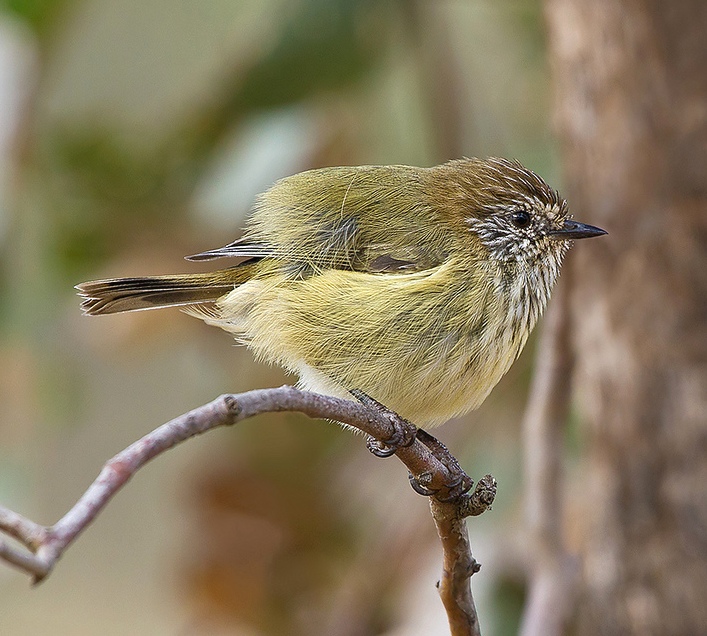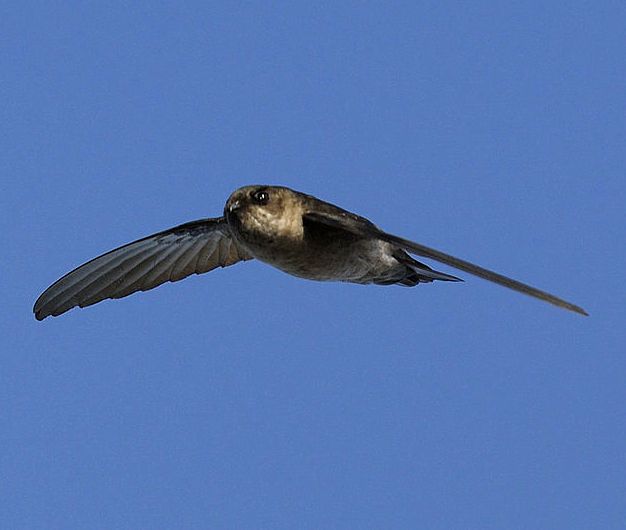 |
| (Photo from Zoochat) |
Common name:
white-rumped snowfinch (en); pardal-das-neves-de-Taczanowski (pt); niverolle de Taczanowski (fr); gorrión de Taczanowski (es); weißbürzel-erdsperling (de)
Taxonomy:
Order Passeriformes
Family Passeridae
Range:
This species is found from Tibet, northern Nepal and extreme northern India into central and northern China as far as Inner Mongolia and Ningxia.
Size:
These birds are 17-17,5 cm long and weigh 30-55 g.
Habitat:
The white-rumped snowfinch is mostly found in barren rocky areas with cliffs, also using high-altitude meadows up to the snow line and bogs and swamps. They occur at altitudes of 3.800-5.500 m.
Diet:
During the breeding season they feed mainly on insects, including larval and adult beetles, wasps, flies and caterpillars. Outside the breeding season they eat mostly seeds, also taking scraps at ski resorts.
Breeding:
White-rumped snowfinches breed in April-August. They are socially monogamous and can breed either in solitary pairs or in small, loose colonies of 2-6 pairs, each nesting in a cup built by the female using of grass stems, and placed inside a pika Ochotona curzionae burrow. The female lays 2-6 white eggs, which she incubates alone for 9-15 days. The chicks are fed by both parents and fledge 18-24 days after hatching, but continue to receive food from the parents for another 2-3 weeks. Each pair can raise 2 broods per season.
Conservation:
IUCN status – LC (Least Concern)
This species has a very large breeding range and is reported to be common to locally common. The population is suspected to be stable in the absence of evidence for any declines or substantial threats.







